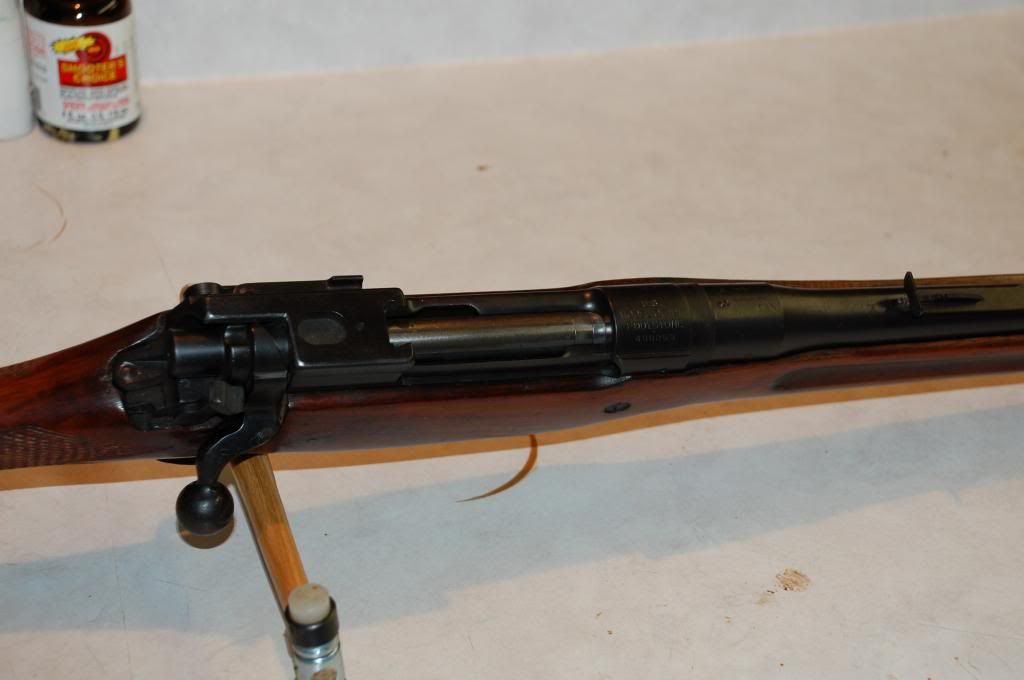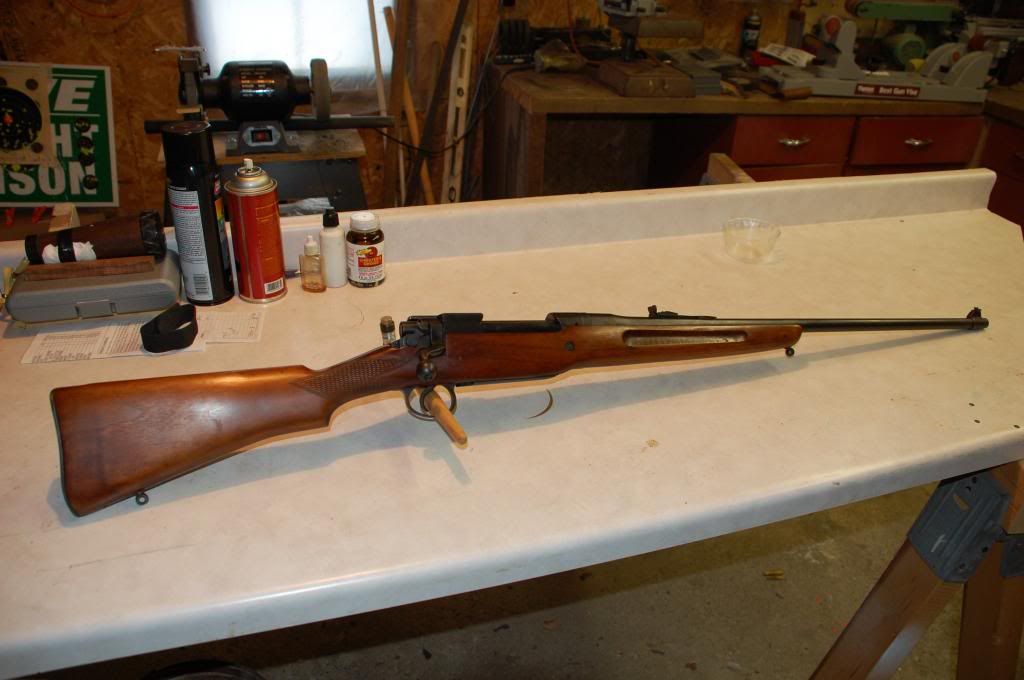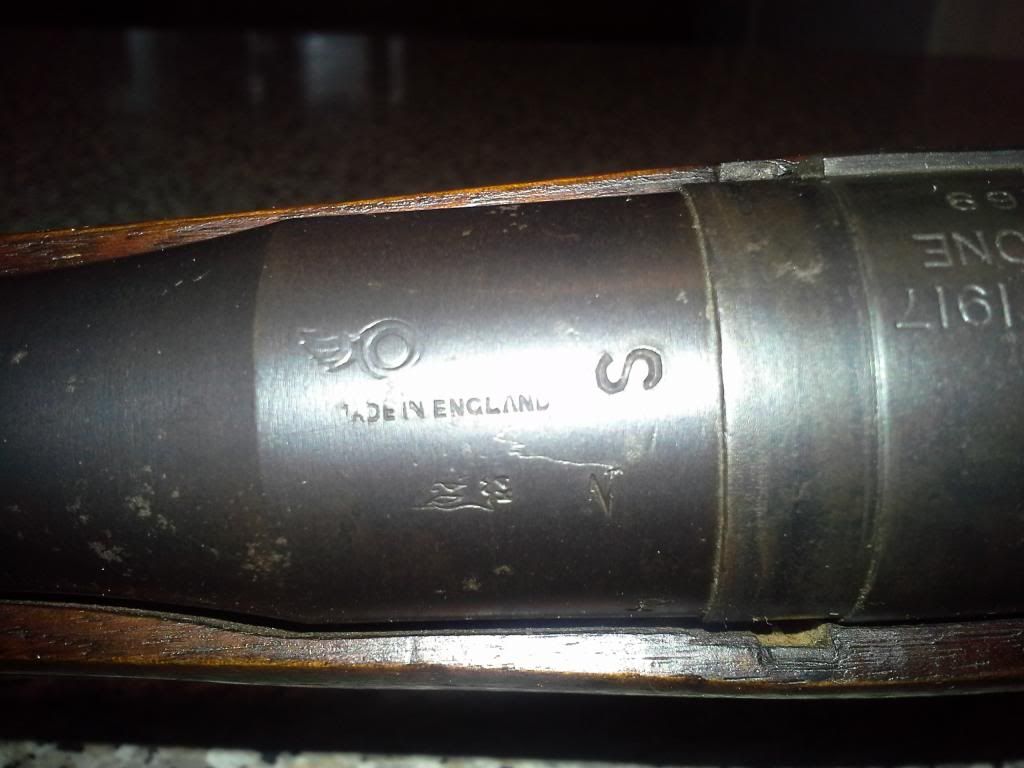Eddystone was not a government arsenal, it was a private factory operated by Remington. Remington and Winchester contracted with the British at the start of WWI to build their Pattern 1914 rifles for them, since all the British factories were tied up making the SMLE Mk III (later called the Rifle No. 1 Mk III).
As the British contract expired, the U.S. entered the war. The government factories, Springfield and Rock Island, were unable to meet the need of rifles for an expanding army, so the U.S. Army contracted with the existing private factories to produce a modifed P-14, made for the American .30-'06 cartridge. That rifle was called the Model 1917 and so many were made that it, not the Model 1903 Springfield, was the primary rifle of U.S. troops in France. The troops invariably called the latter rifle "the Springfield" and the Model 1917 "the Enfield", recognizing its English origin.
Jim






